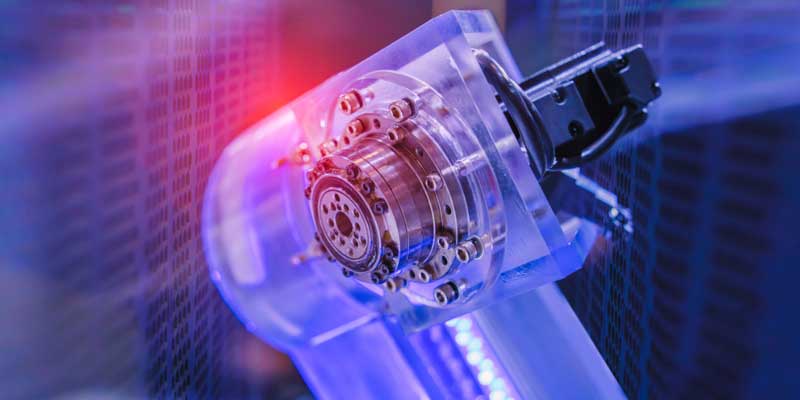Schedule a Call Back
Mitsubishi Electric uses e-F@ctory to raise productivity
 Articles
Articles- Nov 01,18

Related Stories
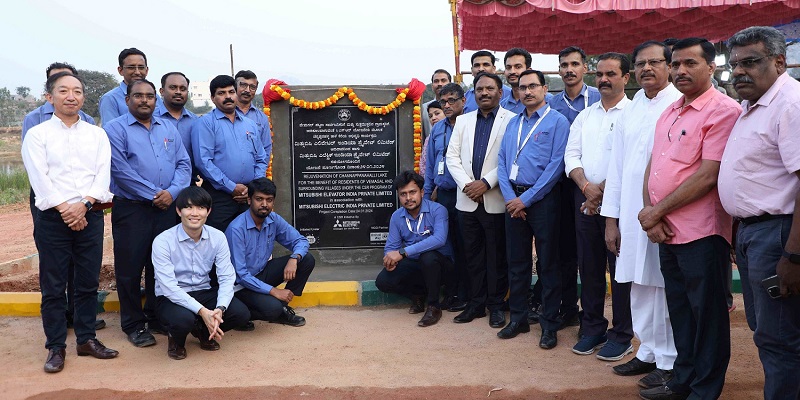
Mitsubishi Electric India rejuvenates Channappannahalli Lake in Bengaluru
With this, Mitsubishi Electric India, a leading electric and electronic company, has strengthen its sustainability and corporate social responsibility activities in India
Read more
Interim budget 2024: Driving mobility on green path
With a goal to achieve India’s net zero emission target by 2070, the interim budget 2024-25 announces some measures to strengthen the electric vehicle (EV) ecosystem and charging infrastructure. H..
Read more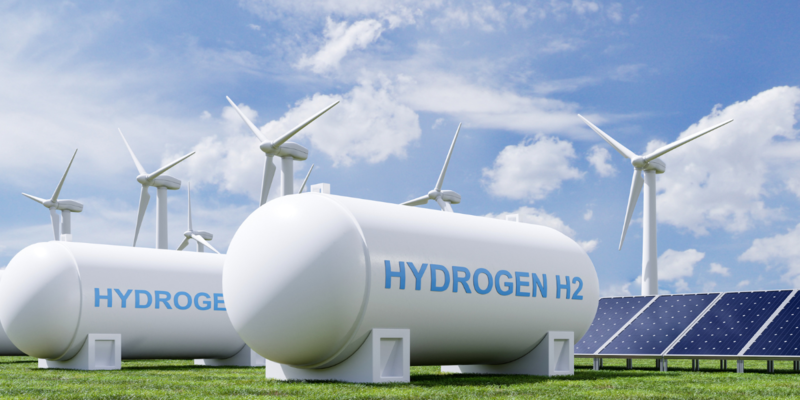
IESA proposes key reforms for India's Energy Storage Sector ahead of budget session
This initiative aims to extend electricity access across the country. In the previous year's Union Budget, Viability Gap Funding for 4GWh of projects was announced as part of a $4 billion 'Green Gro..
Read moreRelated Products
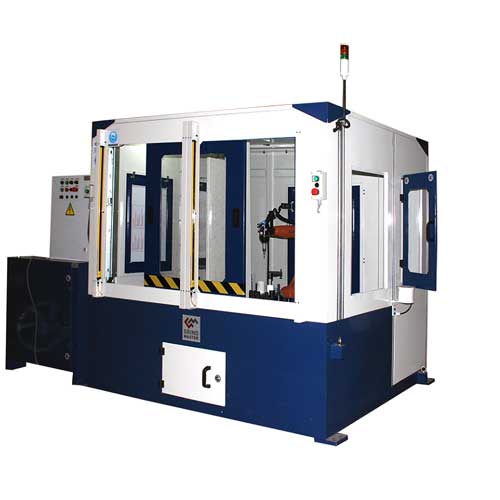
Robotic Deflashing of Aluminium Casting
Grind Master Robotic Deflashing Machine is an advanced and most reliable machine for Aluminium components. Robotic deflashing is a revolutionary technology developed by Grind Master Machines Pvt Lt Read more
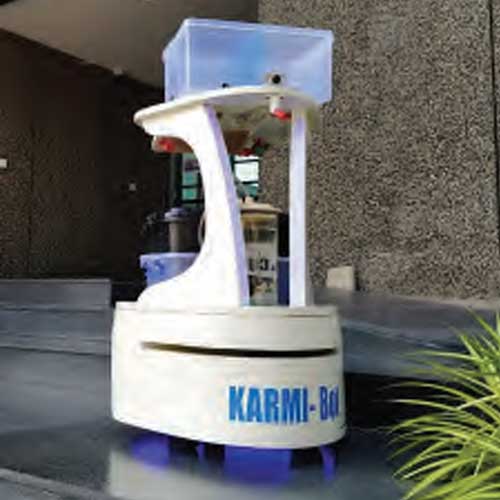
Karmi Bot
Asimov Robotics offers a wide range of Karmi Bot.
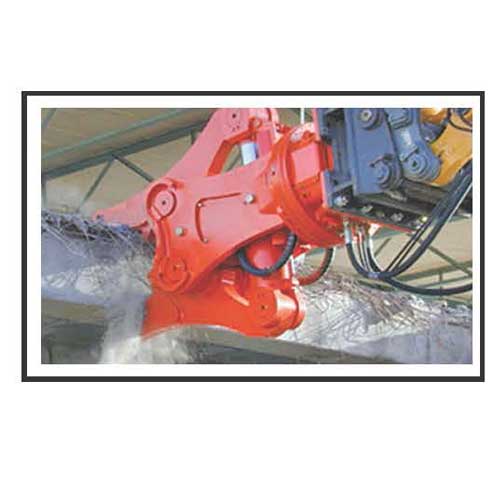
Ductbot Compact Robotic Inspection System
Robosoft Systems offers a wide range of compact DuctBot robotic inspection systems. Read more






